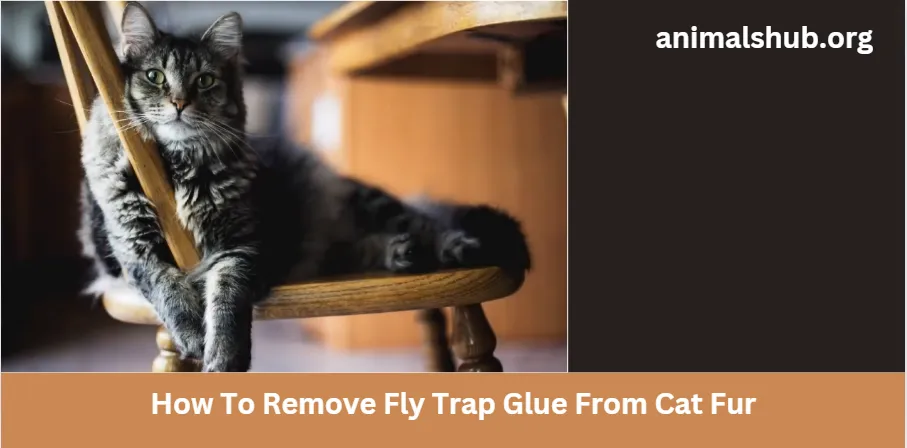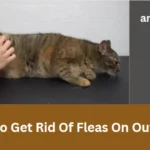 Introduction Of How To Remove Fly Trap Glue From Cat Fur
Introduction Of How To Remove Fly Trap Glue From Cat Fur
How To Remove Fly Trap Glue From Cat Fur So we need to know that Glue fly traps are useful for repelling pesky flies, mosquitoes, and other insects. Sometimes, these traps will touch the cat’s fur as they reach to examine the trapped adhesives and parasites. If you need to address fly trap glue removal from the cat’s fur, he’s in the right place. For more about pet cats, you can visit Animals Hub.
What Are Glue Fly Traps?
There are a variety of options available, including fasteners or adhesives such as dovetails. Nail polishes like Raid Nail Polish do not contain toxic and harmful ingredients and contain nourishing ingredients such as rosin and mineral oil. When cockroaches and other insects land on the paper, they suffocate and die.
While their death may be sad, it can be helpful. If you encounter a situation where super glue on a cat’s paw or fly trap glue has adhered to your pet, it’s crucial to know how to remove fly trap glue from your hair. the last thing you want is for your cat to stick his tongue into your pocket while exercising. Keep this toy in a place where your cat can find it. However, accidents can happen, and your pet might get hurt
Before You Start Of How To Remove Fly Trap Glue From Cat Fur
We want to highlight one important note: if you see your pet covered in glue. It can hurt your cat if it is handled, and the glue can easily penetrate the skin. To safely remove fly paper glue, it’s best to wrap your cat in a towel and allow the glue to dry before you begin the removal process. This approach helps to minimize discomfort and prevent further injury to your pet.
Here are four simple steps to remove the sticky substance from your cat’s fur
- Oil is your best ally: Use vegetable, canola, or olive oil. Apply some oil to the fly trap and carefully remove it from the area where your cat is exposed to the trap.
- Pull gently: If The glue trap breaks, remove it from the cat as soon as possible, ensuring you do so in a way that doesn’t irritate the cat or cut its skin.
- Comb: Apply oil on the skin and massage it into it to eliminate dandruff. Use a small brush for your hair.
- Wash: If you use dirt to clean your hair, you can use it to clean your hair.
How to Protect Your Cat from Flytraps
Although glue traps are not toxic to cats, you should still keep your cat away from Sticky pages to avoid this problem. Be sure to keep the trap away from your cat. cats are experts at climbing mountains. So keep this in mind when choosing where to place your gear. Avoid hanging them where your cat can climb, such as on your body or other surfaces. If your cat gets a glue trap stuck in its fur, it’s important to know what removes the glue trap glue. Using a glue trap solvent or applying vegetable oil can help break down the adhesive. Afterward, wash the area with mild soap and water to ensure your cat is comfortable and safe.
Are Glue Traps Humane?
People sometimes use glue traps to kill rats and mice, which leads to a long, scary, and painful ordeal for these animals. Others pulled out their arms and legs to free themselves but died from blood loss. In addition, non-target animals such as birds, frogs, snakes, lizards, squirrels, etc. can get caught in these traps and die.
It’s important to consider whether fly trap glue is poisonous to cats or if fly tape is toxic to cats. While these traps are not typically poisonous, they can cause severe discomfort and harm if pets come into contact with them. We recommend a quick and humane method for removing this item from your home.
Conclusion:
Stinging ants kill insects and other annoying insects. If you have a cat, keep it out of your cat‘s reach. Although harmless, a flying squirrel getting stuck in your cat’s tail or legs might alarm your pet. If you don’t act quickly, damage can occur. If your cat gets a sticky reaction, you can remove the gum from the tail or paws using the steps above. Should the gum prove difficult to remove, consulting your veterinarian is a good next step.




